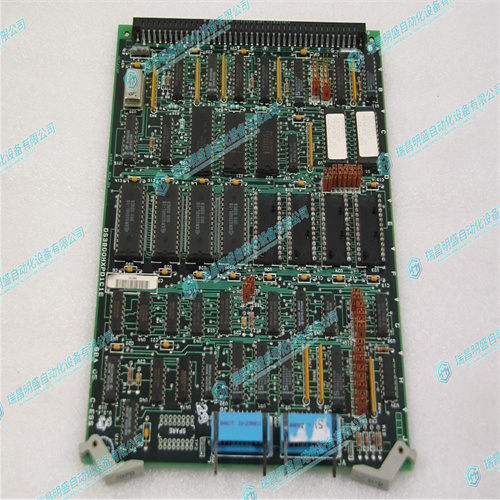GE DS3800HXPD1B1D燃机卡件
通常期望系统操作员将功率因数保持尽可能接近于一(即,使系统的实际功率尽可能接近表观功率),以最小化成本和电压偏移。在专用电路(如一些大型电机)上,在接近固定负载的情况下,电容器组可与电机一起打开或关闭,以提供超前无功功率,以补偿电机所需的滞后无功功率。由于功率因数在普通非专用电路上是可变的,因此在需要时通过将电容器组连接到电路来补偿低(滞后)功率因数值是有利的。PQM提供功率因数监测,并允许两级电容切换进行功率因数补偿。PQM根据以下等式计算三相的平均功率因数:两个独立的“元件”可用于监测功率因数,即功率因数1和功率因数2,每个元件都有一个拾取电平和一个压降电平。对于每个元件,
It is generally desirable for a system operator to maintain the power factor as close to unity as possible (that is, to make the real power of the system as close as possible to the apparent power) to minimize both costs and voltage excursions. On dedicated circuits such as some large motors, with a near-fixed load, a capacitor bank may be switched on or off with the motor to supply leading vars to compensate for the lagging vars required by the motor. Since the power factor is variable on common non-dedicated circuits, it is advantageous to compensate for low (lagging) power factor values by connecting a capacitor bank to the circuit when required. The PQM provides power factor monitoring and allows two stages of capacitance switching for power factor compensation The PQM calculates the average power factor in the three phases, according to the following equation:Two independent “elements” are available for monitoring power factor, POWER FACTOR 1 and POWER FACTOR 2, each having a pickup and a dropout level. For each element,













